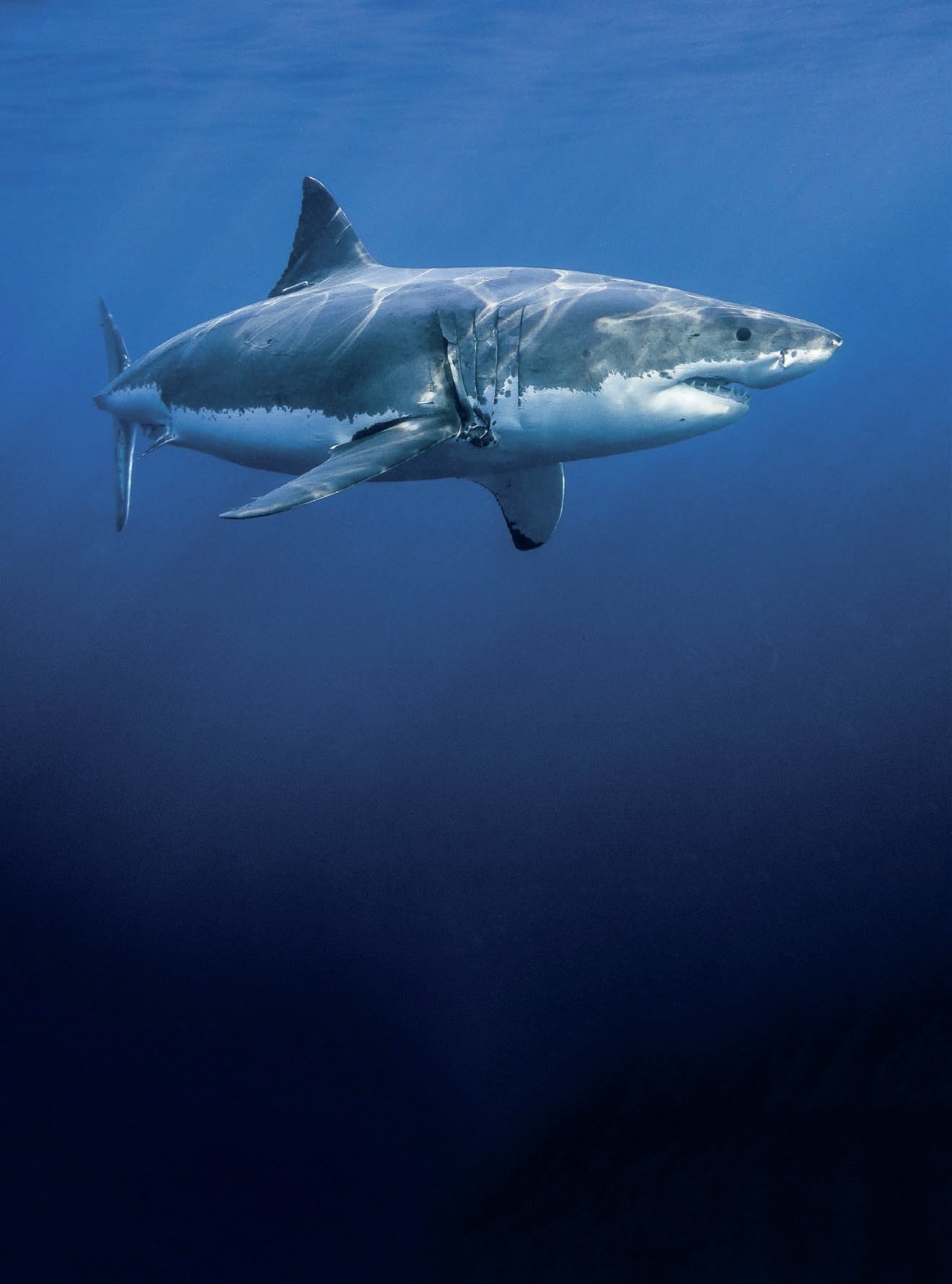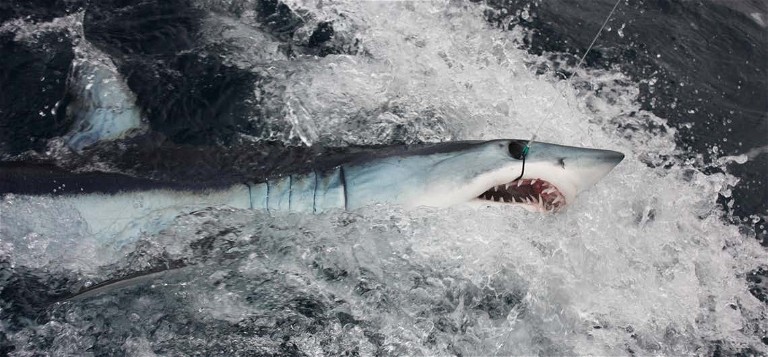TIPS ON RELEASING UNWANTED SHARKS SAFELY

Some species of sharks, such as great whites, are protected. Accidental catch of protected species is not illegal but deliberately targeting them is.
Summer is here, which means better weather, longer days, and of course taking the opportunity to get out on the water for a spot of fishing.
It’s a good time to think about the part you can play to protect the fisheries that we all enjoy, and how you can help preserve your favourite fishing spots so they can be enjoyed by the next generation.
From time to time you may come across a shark that sees your bait as a tasty treat and ends up on your hook. Or you could be targeting certain shark species and accidentally catch another species that you didn’t want, such as a great white shark which is a protected species.
What’s important to remember is that every fish plays a role in ocean ecosystems. Sharks, despite how they have been portrayed in the movies, and rays are particularly important for ecosystem health by maintaining the balance of species below them in the food chain.
If you accidentally catch a shark or a ray, and you don’t want them, it’s important that you try to safely release them back into the ocean.
Releasing sharks or other unwanted species in a way that gives them the best chance of survival makes a real difference to the health of fisheries, and everyone should try to give unwanted fish the best shot at swimming off as happy and healthy as possible.
Here are a few tips for releasing sharks to give them the best chance of survival:
Don’t remove the shark from the water, leave it in as much water as possible, and keep their gills covered with water.
Carefully remove the hook if it’s possible to do so safely. If not, cut your line as close to the hook as you can.
If the shark is in the shallows, guide them back to deeper water by pushing from their tail once the hook has been removed or line cut.
And always keep yourself safe by keeping an eye on the shark as it swims off.
Check out a video on good shark fishing practice, and how to release sharks properly here: https://youtu.be/SxJofoHrcqs
For tips on releasing other fish safely: mpi.govt.nz/releasingfish#releasing
There are recreational fishing catch limits for sharks, and while it’s not an offence to discard them we encourage people to release any unwanted fish, including sharks, unharmed.
New Zealand waters are home to at least 113 species of shark. Fisheries New Zealand manages the sustainability of sharks using the National Plan of Action (NPOA) Sharks, which was developed in conjunction with the Department of Conservation. The plan identifies goals in areas like biodiversity, research, and international engagement to maintain shark populations.

Everyone should try to give unwanted fish the best shot at swimming off as happy and healthy as possible.
Updates to the NPOA Sharks were consulted on at the end of 2022, and a new version of the plan is expected to be released by early 2024. A key focus of the updated NPOA is encouraging best-practice fishing techniques to avoid catching protected and unwanted sharks and to increase their chances of survival after being caught and returned to the sea.
Some species of sharks, such as great whites, are protected. Accidental catch of protected species is not illegal but deliberately targeting them is. If you accidentally catch a protected shark, you must report it to the Department of Conservation – visit www.doc.govt.nz for more information.
For details on the rules, head to www.fisheries.govt.nz/rules or download the NZ Fishing Rules App.